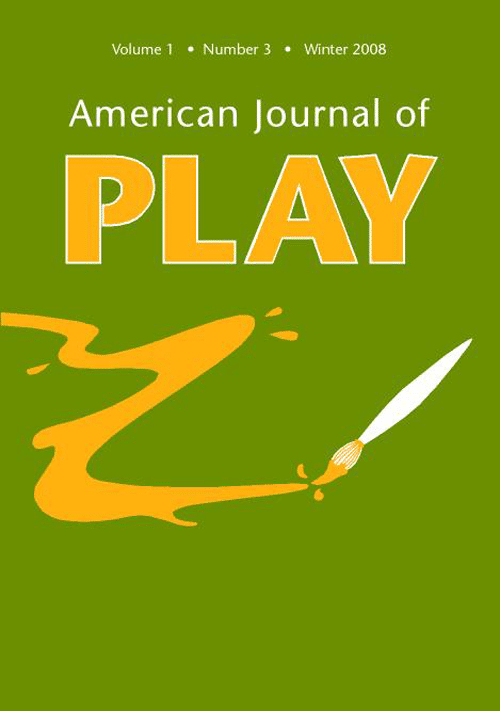The Cultural Origins and Play Philosophy of Playworkers: An Interview with Penny Wilson
Penny Wilson is a playworker—one of a group of professionals who facilitate children’s play in adventure playgrounds, parks, and other settings, principally in the United Kingdom. Wilson grew up in the Southeast of England and spent much of her childhood playing on the coast near her family home. She studied illustration in art school, settled in London’s East End, and came to playwork through a community program for children with disabilities. Over the course of two decades, she has earned distinction for helping such children—especially those with disabilities—play with their peers. Currently she works for the Play Association at Tower Hamlets, a second-tier, not-for-profit organization and play provider. She is an ambassador for playwork and has visited the United States several times to advocate for the incorporation of playworkers into American society. In this interview, she recounts how playwork originated in Great Britain, tells how playworkers view children’s free play and how they facilitate it, describes Britain’s adventure playgrounds, and elaborates on the play of children with disabilities.




